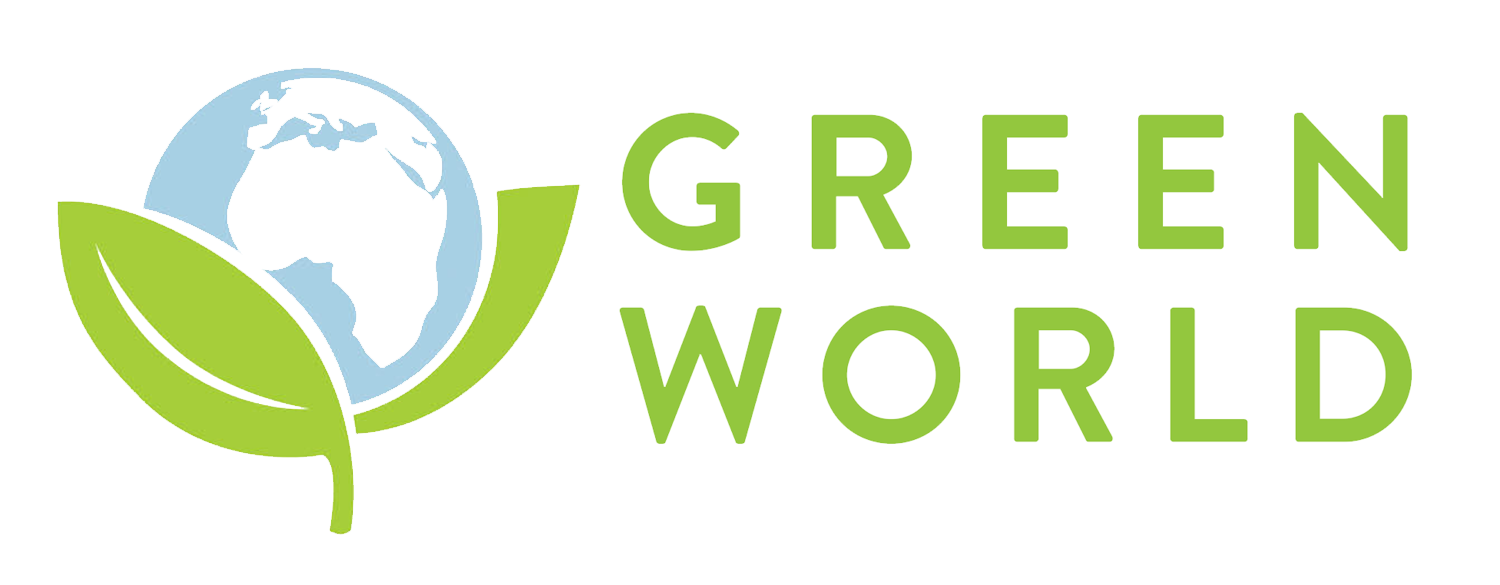Meeting Mining with Planting
Athman Macheso has lived near the Pungu watershed his whole life. He is now a sub-chief for that area and spoke with us as we mapped the watershed. As a boy, he played in Lake Tseha, swimming and snacking on raw “toro,” a tuber similar to cassava which grows in the marshy parts of the lake. He remembers the watershed being surrounded by trees, pointing to a tree several stories high (one of the few left in the area) as an example of those which used to grow everywhere. Athman also remembers how the river which branches off from Lake Tseha used to be long and powerful enough to reach the sea. Parts of Lake Tseha retain a beauty which coincides with these idyllic reminiscences. Those areas less damaged by sand mining are covered with purple and blue water lilies and full of small fish and water birds. There you can still rest in the shade of old trees and enjoy cool breezes off the water.
In contrast, those areas with heavy mining are a wasteland. Water is absent or very low because removal of vegetation, topsoil, and then sand from the surrounding banks has caused them to collapse in many areas, absorbing the water there. Small pockets of banks which have not collapsed stand like islands in a sea of much lower sand and attest to how high the banks used to be. Many of these “islands” are 7 or more feet high. Because of these low water levels, there is less if any water vegetation or fish life, and large trees are virtually non-existent..
You might expect the kind of mining necessary to remove that much sand to be ongoing for generations, but this degradation occurred in the last 3 years or so only. It started with local people coming to remove the trees around the watershed for timber and charcoal. As the trees dwindled, local primary school teacher Hassan Mwadima told us, people asked themselves, “What can we do with this land now?” and that is when they started mining the pure white sand which is a high-demand luxury building product for Mombasa Town and surrounding environs (one such “suburb,” Mtwapa, is the fastest growing city in Kenya). “This is the place that is feeding Town,” Mwadima told us, the watershed banks collapsing to feed the appetite of construction driven by population growth and urbanization.
Sub-chief Athman estimated there are around 3,000 households in Pungu. As we walked around the watershed we saw many of these community members using the lake for fishing, watering and feeding livestock (who eat both water plants and green growth on the banks of healthy portions of the watershed), washing clothes, and collecting water for household cleaning. The trees around the watershed also form a kaya, or sacred forest area, where traditional prayers and ceremonies continue to be held in groves by less degraded portions of the lake. Mining and soil erosion threaten all of these activities, as there is less water for fishing, for livestock to drink and to grow fodder, and for collection by households for personal use. Continued deforestation also threatens the continued spiritual significance of the kaya and creates more work for women, especially, as they must walk farther not only to find water, but also timber for charcoal to heat their cook-stoves.
Of those 3,000 households in Pungu, however, Athman estimates between 25-30% benefit in some way from the mining. He says these beneficiaries fall into two groups, young men who work as laborers removing sand and elders on the County Council who give authorization for mining and receive some money for the permissions they grant. We spoke with a laborer as we walked around the watershed who explained that when a group of workers fills a truck (similar in size to small dump trucks used to collect waste in many American cities), each receives 400ksh (around $5). We saw two of these trucks being filled during our time at the lake. The number of trucks filled during the day depends on demand, but at minimum, laborers expect to fill and be paid for a truck each day, earning a wage in the process which places them well above the poverty line. Unfortunately, there are few local industries which can match these wages, as Athman explained, because most of those not mining are farmers or herders.
The Pungu watershed is a classic example of the interrelationship between development, poverty, and environmental degradation. Demand for quality, aesthetically pleasing building materials from the growing middle and upper classes in Kenya’s urban areas interacts with the demand for better wages in a relatively poor rural area leading to the predictable outcome of resource overuse and environmental degradation.
With the help of a grant from Disney, we hope to bring about some change to this area. Green World Campaign’s Pungu Watershed Reforestation project has already begun meeting with local stakeholders, including those engaged in mining, to initiate replanting efforts. We hope these efforts will be, if not embraced, at least respected by all local stakeholders, and will arrest soil erosion in degraded parts of the watershed while preserving those still useable and almost pristine parts of the watershed. Large-scale tree nursery construction will commence in the next few weeks, with planting coming in the next few months. Over the next year, we hope to plant and maintain 200,000 trees along the banks of the watershed. We recognize the challenges involved in convincing people facing harsh economic realities to abandon activities which generate substantial income and hope instead to help maintain the watershed by addressing the initial cause of erosion, the removal of trees on the surrounding banks, through our tree planting efforts.

